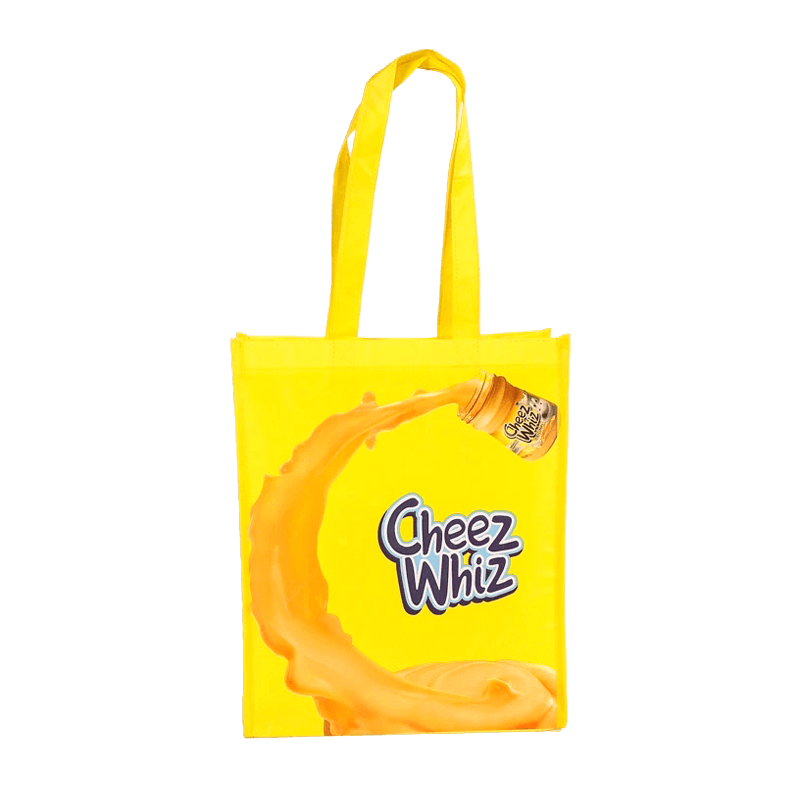As sustainability becomes a global priority, non woven eco bags have emerged as a popular alternative to single-use plastic bags. Made from bonded synthetic fibers, these lightweight yet durable carriers are widely used as non woven grocery bags and stylish non woven totes. However, to improve their environmental benefits, consumers and businesses must understand how to properly reuse and recycle them.

The Growing Popularity of Non Woven Bags
Non woven grocery bags are favored for their strength, affordability, and customizable designs. Unlike traditional plastic bags, they can withstand multiple uses, making them a staple for shoppers and retailers alike. Many brands distribute non woven totes as promotional items, further increasing their visibility. However, their synthetic composition (often polypropylene) raises questions about proper disposal and recycling.
Extending the Lifespan of Non Woven Eco Bags
To minimize waste, consumers should improve the reuse of their non woven eco bags. Here are some practical ways to extend their usability:
Grocery Shopping – The primary use for non woven grocery bags, but they can also carry books, gym clothes, or beach essentials.
Storage Solutions – Use non woven totes to organize pantry items, toys, or seasonal decorations.
Travel & Work – Durable and foldable, they make outstanding carry-ons or lunch bags.
Gardening – Repurpose old non woven eco bags as plant covers or weed barriers.
Regular cleaning (machine wash or wipe-down) helps maintain hygiene, especially after carrying perishables.
Recycling Challenges and Solutions
While non woven grocery bags are reusable, they are not biodegradable. Improper disposal can contribute to microplastic pollution. Here's how to recycle them responsibly:
1. Check Local Recycling Guidelines
Most curbside recycling programs don't accept non woven totes due to their fabric-like composition. However, specialized recycling facilities or store drop-off programs (e.g., grocery chains with plastic bag recycling) may process them.
2. Upcycling Projects
Transform worn-out non woven eco bags into:
- DIY pet bed stuffing
- Reusable cleaning rags
- Craft materials (e.g., tote patchwork)
3. Brand Take-Back Programs
Forward-thinking companies now collect used non woven grocery bags for industrial recycling into new products like outdoor furniture or construction materials.
Industry Innovations in Sustainable Disposal
Manufacturers are addressing end-of-life concerns by:
- Developing non woven totes with recycled content (30–100% post-consumer waste)
- Creating mono-material designs for easier recycling
- Introducing biodegradable additives (still under research)
Retailers can contribute by educating customers on proper non woven eco bag care and partnering with recycling initiatives.
Consumer Responsibility and Practices
To ensure non woven grocery bags fulfill their eco-friendly promise:
- Avoid Overcollection – Resist hoarding free promotional non woven totes; keep only what you'll use.
- Repair Before Discarding – Mend torn handles or seams to prolong usability.
- Dispose Thoughtfully – If recycling isn't available, reuse as a last resort before landfill disposal.
The Future of Non Woven Bag Sustainability
As circular economy models gain traction, we'll see more:
- Chemical recycling technologies to break down non woven eco bags into raw materials
- Standardized labeling with recycling instructions
- Government policies incentivizing closed-loop production
Non woven grocery bags offer an eco-conscious alternative to plastic, but their environmental impact depends on how we reuse and recycle them. By adopting responsible habits—from creative repurposing to proper recycling—consumers and businesses can ensure non woven totes remain a force for sustainability. Remember: The true value of a non woven eco bag isn't just in its first use, but in how many lives it lives afterward.



 English
English Español
Español عربى
عربى







